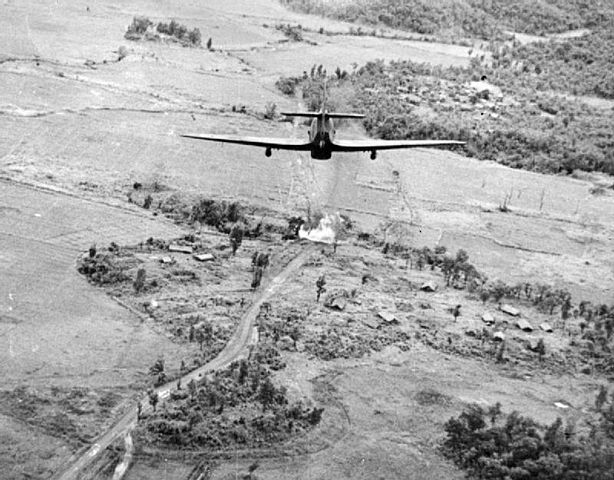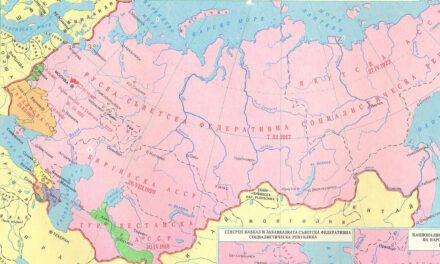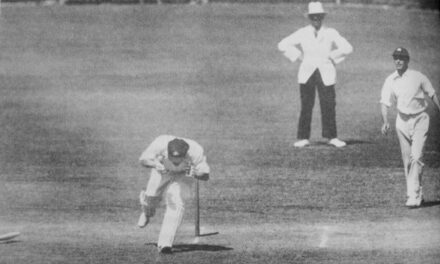History Guild General History Quiz 104
See how your history knowledge stacks up!
Want to know more about any of the questions? Once you’ve finished the quiz click here to learn more.
Have an idea for a question? Suggest it here and we’ll include it in a future quiz!
The stories behind the questions
1. The siege of Kohima was part of which conflict?
WW2 – The Battle of Kohima, together with the intertwined Battle of Imphal proved the turning point of the Japanese U-Go offensive into India in 1944 during the Second World War. Referred to as the “Stalingrad of the East”, the Japanese were defeated in Burma and never recovered from it.
2. What is the origin of the name Neanderthal?
The name of the area the fossils were first discovered – Neanderthals are named after the valley, the Neandertal, (“the Neander Valley” in English) in which the first identified specimen was found. This is in Germany, near Düsseldorf.
3. Who was the first Chancellor of Germany?
Otto von Bismarck – A conservative German statesman who masterminded the unification of Germany in 1871 and served as its first chancellor until 1890, in which capacity he dominated European affairs for two decades. He provoked three short, decisive wars, against Denmark, Austria, and France.
4. In which country was the Cultural Revolution a defining part of the 1960’s and 70’s?
China – The Cultural Revolution’s goal was to preserve Chinese communism by purging remnants of capitalist and traditional elements from Chinese society, and to re-impose Mao Zedong Thought (known outside China as Maoism) as the dominant ideology in the PRC. Mao called on young people to “bombard the headquarters”, and proclaimed that “to rebel is justified”. The youth responded by forming Red Guards and “rebel groups” around the country. The Cultural Revolution was characterised by violence and chaos, death toll estimates vary widely, with between 250,000 to 20 million people perishing.
5. Who was the last person executed for treason in the UK?
William Joyce (Lord Haw-Haw) – Joyce was an American-born fascist politician and Nazi propaganda broadcaster during the Second World War. He took German citizenship in 1940. He was captured by British troops in Germany in May 1945.
His defence was based on his claim of not being a British subject, and therefore not able to commit treason against the British Crown. The court found that he wasn’t a British subject, but had made a false claim to be a British subject in order to obtain a British passport. He held this British passport in 1940, while he was working for the Germans to broadcast Nazi propaganda to Britain. Joyce was convicted of one count of high treason in 1945 and sentenced to death, being hung in 1946.
6. “Chain Home” was part of the defences of which country?
Britain during WW2 – Chain Home was the codename for the ring of coastal Early Warning radar stations built by the Royal Air Force (RAF) before and during the Second World War to detect and track aircraft. Chain Home proved decisive during the Battle of Britain in 1940, it could detect enemy aircraft while they were still forming up over France, giving RAF commanders ample time to marshal their entire force directly in the path of the raid.
Chain Home remained in use until 1957, being rapidly re-activated and modernised after the Soviet’s detonated their first atomic bomb in 1949.
7. Who was assassinated on Stalin’s orders in Mexico in 1940?
Leon Trotsky – a Ukrainian-Russian Marxist revolutionary, political theorist and politician. Ideologically a communist, he developed a variant of Marxism which has become known as Trotskyism. He became one of the seven members of the first Bolshevik Politburo in 1919.
After the death of Lenin in 1924 and the rise of Joseph Stalin, Trotsky gradually lost his government positions; the Politburo eventually expelled him from the Soviet Union in 1929. He spent the rest of his life in exile, writing prolifically and engaging in open critique of Stalinism. In 1938 Trotsky and his supporters founded the Fourth International in opposition to Stalin’s Comintern. After surviving multiple attempts on his life, Trotsky was assassinated in August 1940 in Mexico City by Ramón Mercader, an agent of the Soviet NKVD.
8. What was Bangladesh previously known as?
East Pakistan – The borders of modern Bangladesh were established with the partition of India, when the region became East Pakistan. Bangladesh became independent in the wake of the Bangladesh Liberation War, which was spurred by Pakistani military operations to suppress the Bengali nationalist and self-determination movement. This developed into the 1971 Bangladesh genocide, in which the Pakistani military and aligned militia units killed over 300,000 Bangladeshis.
Bangladeshi forces fought back, and with Indian support defeated the Pakistani military and gained independence.
9. What year did Britain gain control of Hong Kong?
1841 – Britain occupied Hong Kong Island in 1841 during the First Opium War. The colony expanded to the Kowloon Peninsula in 1860 after the Second Opium War and was further extended when the UK obtained a 99-year lease of the New Territories in 1898.
Although Hong Kong Island and Kowloon were ceded in perpetuity, the leased New Territories comprised the vast majority of the total area. Britain did not see any viable way to divide the colony, so they agreed to release the entire territory to China upon the expiration of the New Territories lease in 1997.
What happened to Hong Kong during WW2?
10. How many aircraft carriers did the US Navy possess at the end of WW2?
99 – The USA began the war in 1941 with 8 aircraft carriers, at virtual parity with the Imperial Japanese Navy. As the war progressed the power of US manufacturing came to the fore, by 1945 they had 28 larger fleet carriers and 71 smaller escort carriers. This was more aircraft carriers than all other navies combined.





